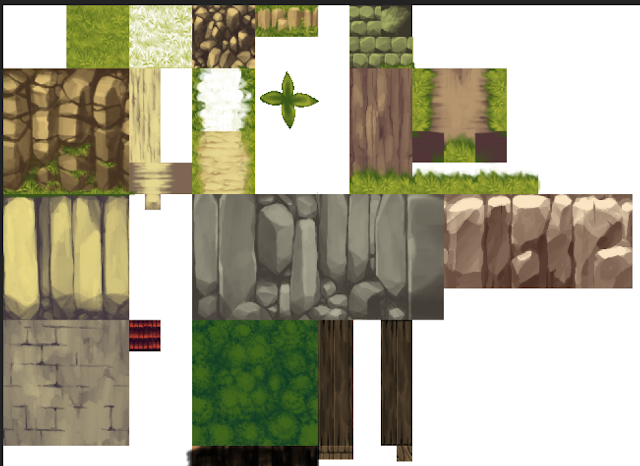Wednesday, August 18, 2021
Getting things together
Wednesday, July 28, 2021
Kurovadis questions.
As you already know, I want to put Kurovadis on Steam. However, it is VERY rough. After all, it's been years since it was developed. At the very least, it needs some changes to make it more polished. Like Eroico, I will be changing the title screen, the menus, and replace bad CGs with ones that have already been made to replace them. The tileset will also be very easy to change given how small it is compared to everything I work on these days.
However, there are other changes I could make, and I'm finding it very difficult to decide what course of action to take. On one hand, I know that if I was a player and a developer said they were updating an old game, I would say "don't bother, just work on new games!"
Yet, from a developer's perspective, at the end of the day I'm putting Kurovadis on Steam as a source of income, and I know from experience that there are a lot of small changes I can make that will make it substantially more appealing to new players, and overall more successful. It could be the difference between a game making money for a year, VS making money for 5+ years.
When I look at Kurovadis, I think it has the following problems:
1. Many H animations have too few frames, or are too simple.
2. The powerups you can pick up are not very intuitive, useful or engaging.
3. Level up orbs are not really a good reward for exploring.
4. Enemies are overly simplistic, and most can be bypassed easily.
5. Bosses are too simple, and not really that fun to fight.
6. Some people didn't even know melee existed until the last boss, or see it as so risky that it isn't worth using.
7. The map lacks shortcuts that prevent backtracking, which would probably not be received well, outside of those who see it as a novelty.
In my initial sessions considering what to do I tried changing the combat to include hitstun, and made some moves. (Adding a new move takes less than half a day btw, so don't panic thinking something like this takes months or even a week).
Monday, July 26, 2021
More 3d. Actually back to work this time.
Welp, I got carried away learning 3d again. I'll show off some of it here, but I will be going back to working on normal stuff tomorrow. Still not sure how much I will change Kurovadis for Steam, but that's what I'll be working on. I might stream it, though I feel like it might be a bit boring to watch. If I stream, I might have to come up with something else. Maybe an H game jam in a day, or something like that? Dunno.
Tuesday, July 6, 2021
Recovery, 3d learning, uncertainty.













































































